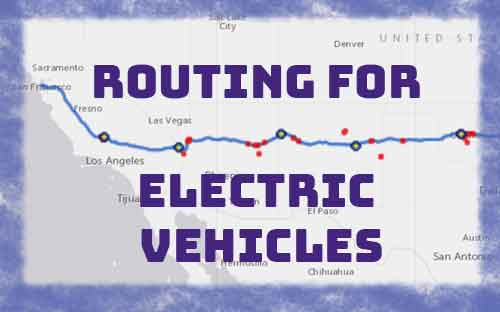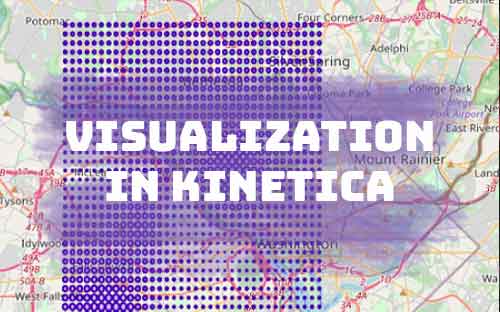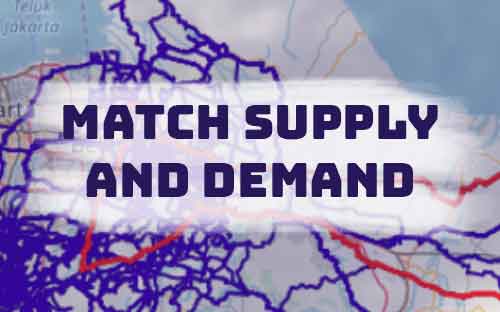Optimizing Longer Routes for Electric Vehicles needing Charging Stations

Electric vehicles (EVs) have increased ten-fold over the last two years. And it is estimated that the market share of EVs will increase to more than 50 percent of the passenger car market in the US by 2030. But one of the big questions for buyers considering EVs is the accessibility and availability of recharging stations – particularly for trips requiring multiple charges due to limited battery capacity. As of 2021 there are around 45,000 public outlets in the US. Pre-planning the most economical route can be a complicated algorithmic challenge, especially considering the various types of stations, availability and traffic conditions. Kinetica’s graph route-solving capability can be used as the platform to calculate these optimal paths to minimize the total cumulative driving distance between the end points of a trip. We needed a fast, practical and accurate graph-based optimization solver, with parameters specific to the optimal routing problem of an EV trip involving multiple charging stops so that different capacity limits and re-charging penalties can be rolled […]
Data Visualization Forms in Kinetica

In this tech note, we’ll examine various data visualizations in Kinetica. In general, a typical data set might have both spatial and temporal components, called spatio-temporal. The nature of the spatial data variation is usually continuous.
Multiple Supply Demand Chain Optimization (MSDO) Graph Solver

B. Kaan Karamete, PhD, is Senior Director of Engineering for Geospatial, Graph, and Visualization at Kinetica Matching supply chain logistics to demand based routing is a daily, non-trivial task essential to several companies like Amazon and Uber. The common objective is to optimize routing under domain specific constraints to the needs of a particular industry. We developed our own Multiple Supply Demand Chain Optimization (MSDO) graph solver in order to provide a generic and uniformly applicable solution to the needs of different industries. The optimization quantity could be the power transported by the transformers to multiple consumers with different power needs, or tons of gasoline transported by tankers to various stations, or simply the packets of goods delivered from multiple depots to multiple geographical locations. The main point in all of these transport problems is that neither the supply, nor the demand side transport quantity is a constant. For instance, a depot can have many vehicles with a variety of truck capacities to deliver varying amounts of goods […]
